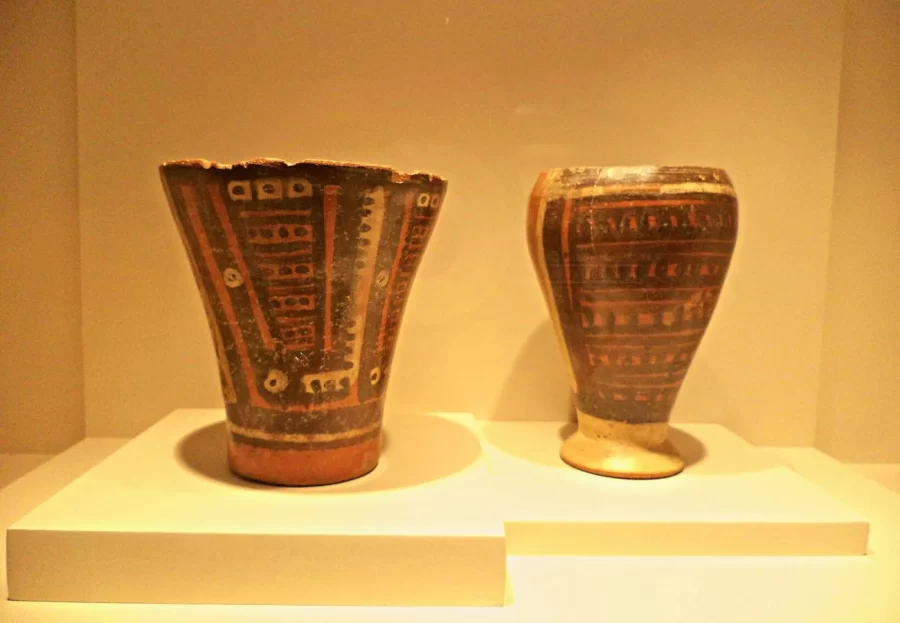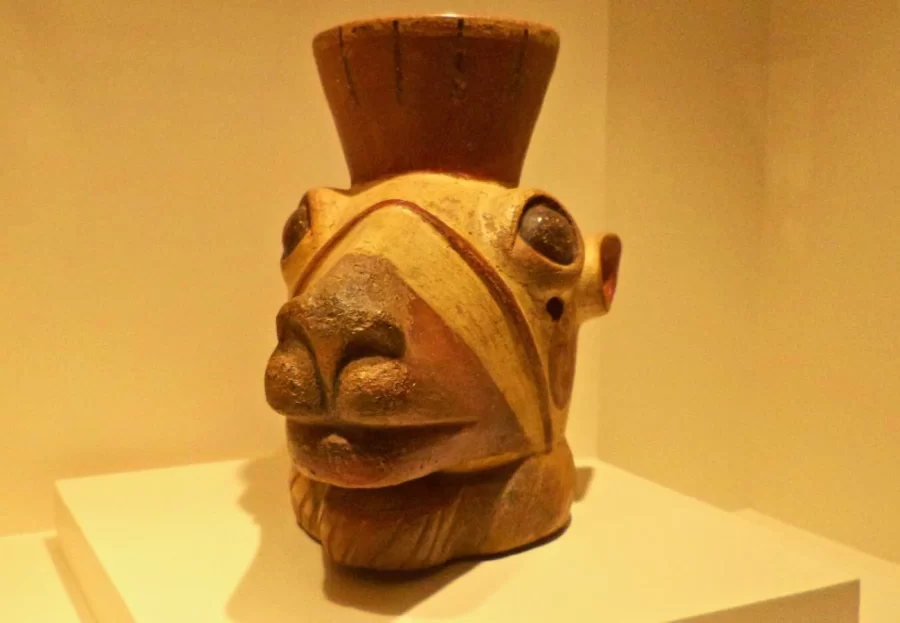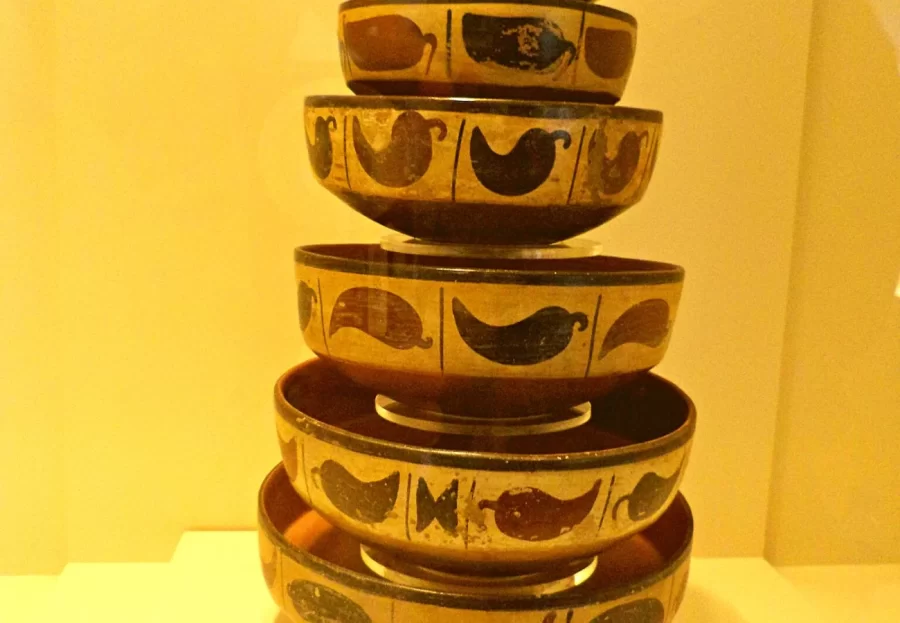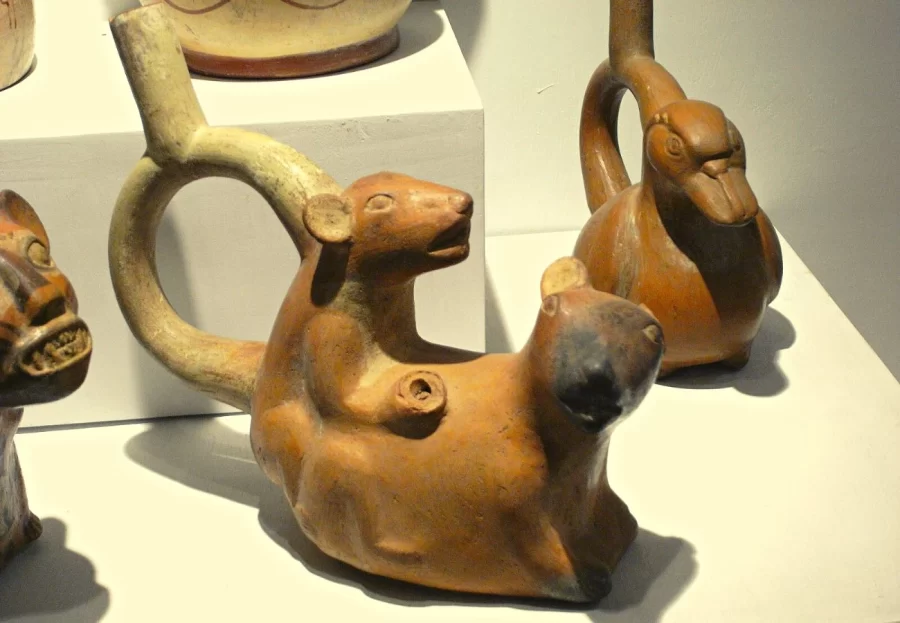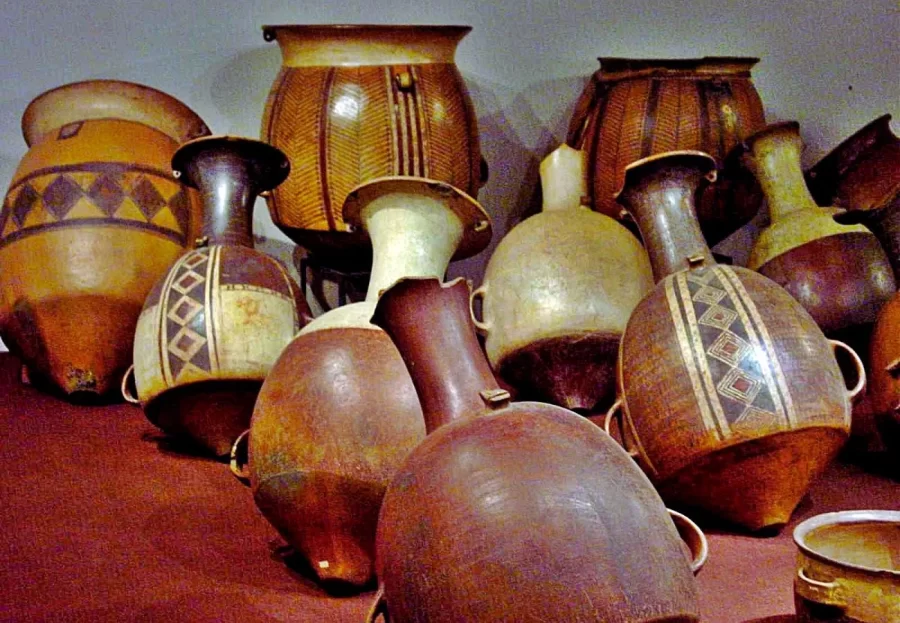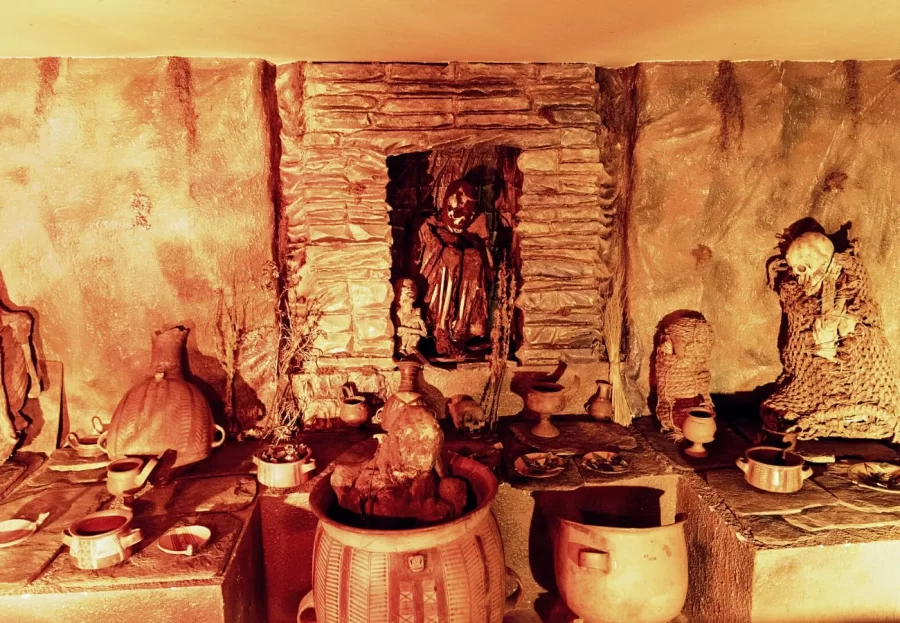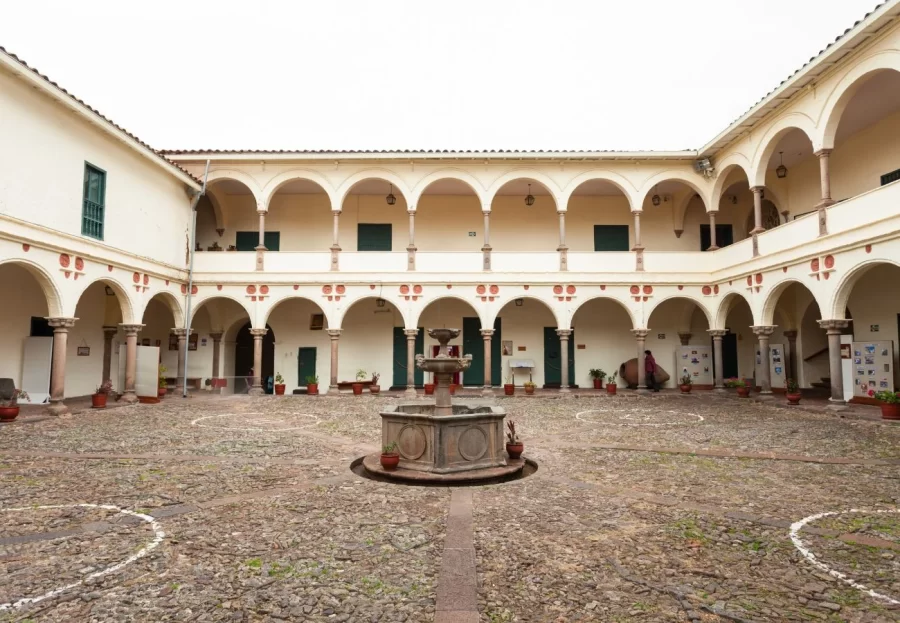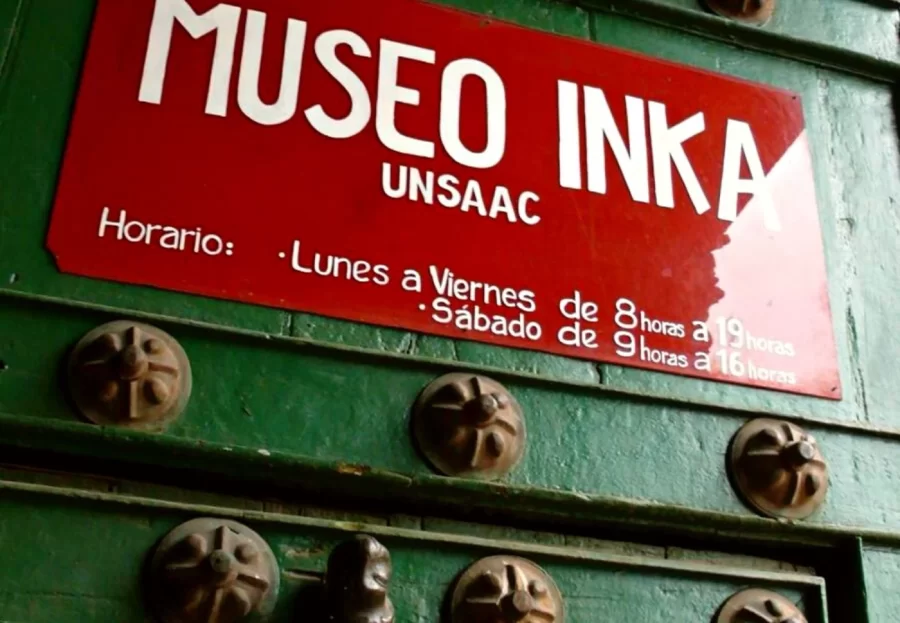The Inka Museum of Cusco is one of the best museums that exhibits Inca objects, including mummies, ceramics, textiles and a variety of objects. This gallery began to operate thanks to the initiative of the National University of San Antonio Abad del Cusco that seeks to show the cultural evolution of the Cusco region.
Table of Contents
The Inka museum was built on the palace of Huascar (penultimate Inca of the empire), when the Spaniards arrived and divided the land this place belonged to the Spanish conquistador Diego de Almagro, as is known historically most of the colonial buildings were built on Inca houses, traces of them can still be seen today.
After the death of Diego de Almagro, the property passed to the Alderete Maldonado family, who customarily placed some coats of arms on the door of the mansion, which can still be seen today.
After that, the mansion passed through several owners, some of them were the Archbishopric of Cusco, the last Viceroy de la Serna and Marshal Andres de Santa Cruz. The last owner Benigno de la Torre de Mar transferred the property to the Unsaac (National University of San Antonio Abad del Cusco), this institution decided to convert it into the Inka museum.
It is located on Ataúd Street, next to the school of I.E. San Francisco de Borja - Cusco, just a few steps up from the Cathedral.
The museum has a lot to teach us so it is divided into different rooms such as:
Pre-Inca cultures: As its name indicates, here you will be able to see objects and materials belonging to the different pre-Inca cultures, which you will be able to see the development of each one of them starting from the first vicuña hunters to the civilization of the Wari, Chavin, Nazca, Chancay, Mochica, Chimu and Paracas, who also excelled in ceramics and textile art.
Pre-Inca human settlements: Here we can see ceramics, tools and utensils of small pre-Inca groups that settled in Cusco such as Marcavalle, Chanapata, Qotakalli among others.
Environment: This room exposes everything related to the natural regions that are in Cusco, such as the yunga, quechua, and puna climate that you find in the region of Cuzco, as well as shows us how the Incas understood the environment.
Inca origins: To understand the origin of the Incas, then this room is ready to teach us about the artifacts that were made, also the myths among them Ayar Brothers, Manco Capac and Mama Ocllo, as well as their ceramics, utensils that belonged to the first Inca priest.
Inca Continuity: Or also known as "The Incas of Qosqo" where they expose a variety of their ceramics, textiles, tools and utensils such as the quero or ceremonial vessel, graphic museum of drawings of the chronicler Guzman Poma de A. among others that were of that time.
Invasion: This room shows us all the invasion and destruction that the Spanish invaders made to the Inca empire, dating back to the sixteenth century, and we can also see colonial furniture, portraits, miniatures, sculptures and others.
Malki wasi: Perhaps this is one of the most striking, since here is the tomb of the Inca in real size. we can see the mummified body along with his belongings among other things that allows us to understand about the Inca era.
To enter the Inka Museum you can do it from Monday to Friday from 08:00 to 18:00 hours and on weekends from 09:00 to 16:00 hours.
To enter you will have to pay a fee, for Peruvians the entrance fee is 5 soles and for foreigners it is 10 Peruvian soles (3 U.S. dollars approximately).
Remember that visiting Cusco is not only to visit the magnificent tourist sites, you can also go to the museums that are in the imperial city and learn more about the history. Do not forget that Terandes travel agency offers you the best tours in Cusco and nationwide.
